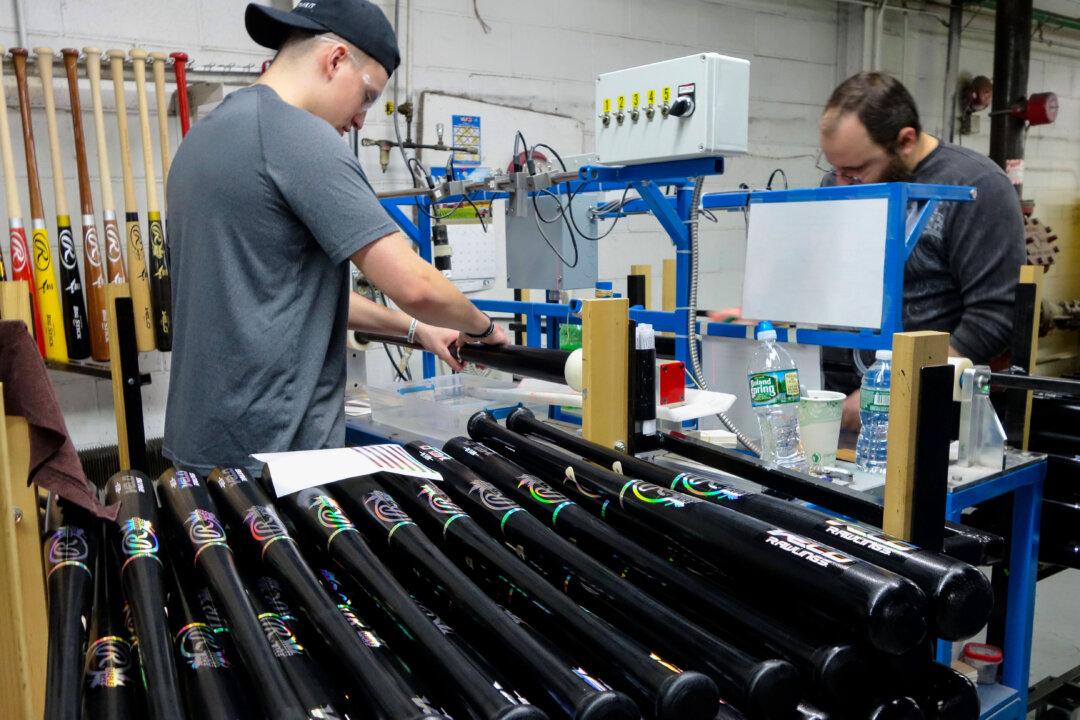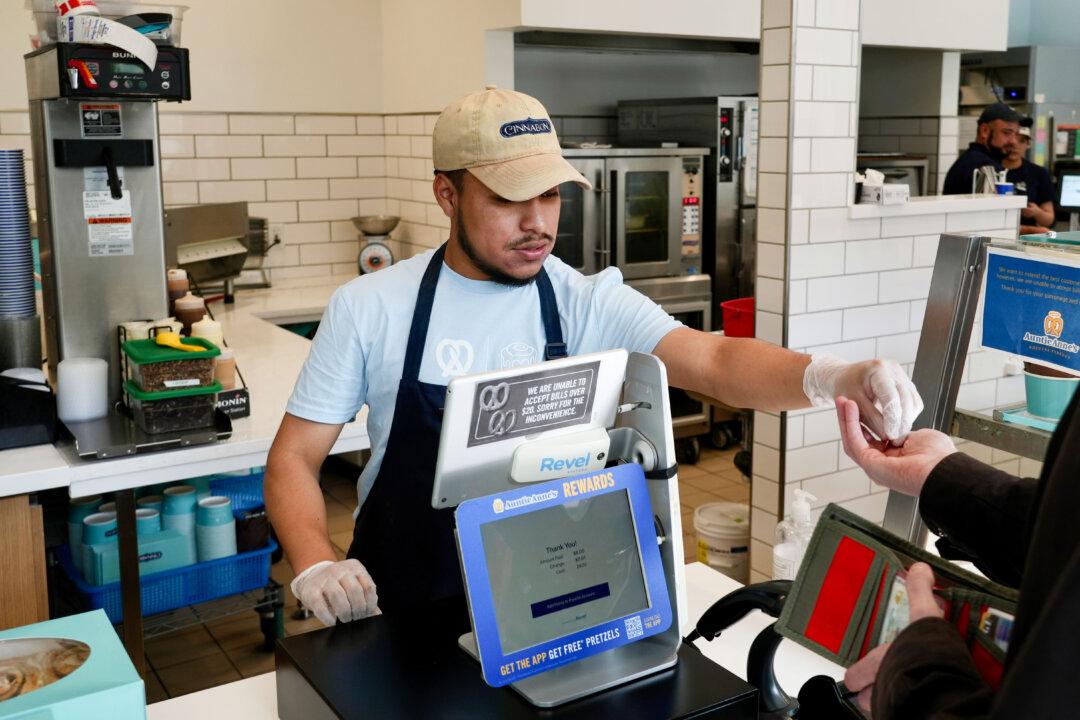Four out of every 10 teenagers are likely to use artificial intelligence (AI) to complete their homework instead of handling their own research and accumulating English and grammar skills, even though most know it’s probably wrong.
“The technology will continue to outpace our ability to monitor it. I require my kids to write all their first drafts by hand. Handwriting is the only way. It leads to deeper learning because it creates more neural activity while you’re doing it,” Pete Laffin, an educational consultant, Washington Examiner columnist, and Catholic high school teacher, told The Epoch Times.
“What’s the point if we don’t need our kids to learn what’s in a book and how history happens and so what’s the point of having a teacher? I always say we’ll see, but if it’s anything like the effect that using spell check has had on spelling and ChatGPT being exponentially greater, we’re going to be in a dark place very quickly.”
Students have found that typing in a short description of the topic they’re assigned to write about gives them text output in seconds. From developing fictional stories to completing essay assignments, AI tools such as ChatGPT can develop quick responses to online queries, drastically cutting down on homework time. These developments have seeped into the classroom much to the chagrin of some school districts now attempting to crack down on the practice.
“Blue books and pencils, I’m almost there,” Steven Morgan, an English teacher at Orland High School in California, told The Epoch Times. “My juniors just finished reading ‘The Crucible’ and had to write a report on it. Out of 55 juniors, about 20 percent used ChatGPT. I could tell right away. I passed out their graded papers and gave failing grades to the ones that did. They said, ‘You caught me.’”
It’s also become a big issue on college campuses, with Stanford University’s student-run newspaper finding that 17 percent of students admitted to using ChatGPT on assignments and exams in 2022. However, some college professors see positives in students’ using the new technology in the classroom.
“I think students are a lot more innovative with it and not just to cheat. They’re using AI to get past writer’s block and polishing their emails. I do think they have their own kind of moral sense of what’s appropriate,” Annette Vee, an associate professor of English and director of the Composition Program at the University of Pittsburgh, told The Epoch Times. “Right now, we’re in a bubble of AI. There’s some over-embracing of it that’s going to turn some people off, but there’s going to be a course correction. At this point, a wholesale ban of it is untenable.”
One thing that’s certain is that the emergence of AI at all levels of academia is causing educators to come up with collaborative solutions. Tom St. Antoine, professor of Communications at Palm Beach Atlantic University in Florida, told The Epoch Times that his fellow faculty members are now meeting monthly to discuss how AI has affected their classrooms.
“We’re discussing capabilities and sharing sample papers and how to use [AI] positively, rather than talking about how bad and scary it is. But we feel that even using AI for brainstorming ideas or finding new sources during the research stage is a disservice to students as the information an AI chatbot can find is not always relevant, original, accurate, or even real. Technology, even in its most advanced forms, is not human.”
In the Junior Achievement study, when asked why students would use AI to do their schoolwork for them, the top responses were that AI is just another tool (62 percent), they didn’t like school or schoolwork (24 percent), they wouldn’t need to know the information because of AI (22 percent), and because everybody else is doing it (22 percent). Mr. Laffin said he believes, from his classroom experience, that AI can contribute to robbing students of a real and necessary educational experience.
“The problem is they don’t learn things. I’m less concerned with the cheating aspect than the kids cheating themselves in actually learning how things work. I was teaching a fifth grader and the kid looked at me and said, ‘Why would I even need to know where commas go?’ I just looked at him. My tongue was tied.”







